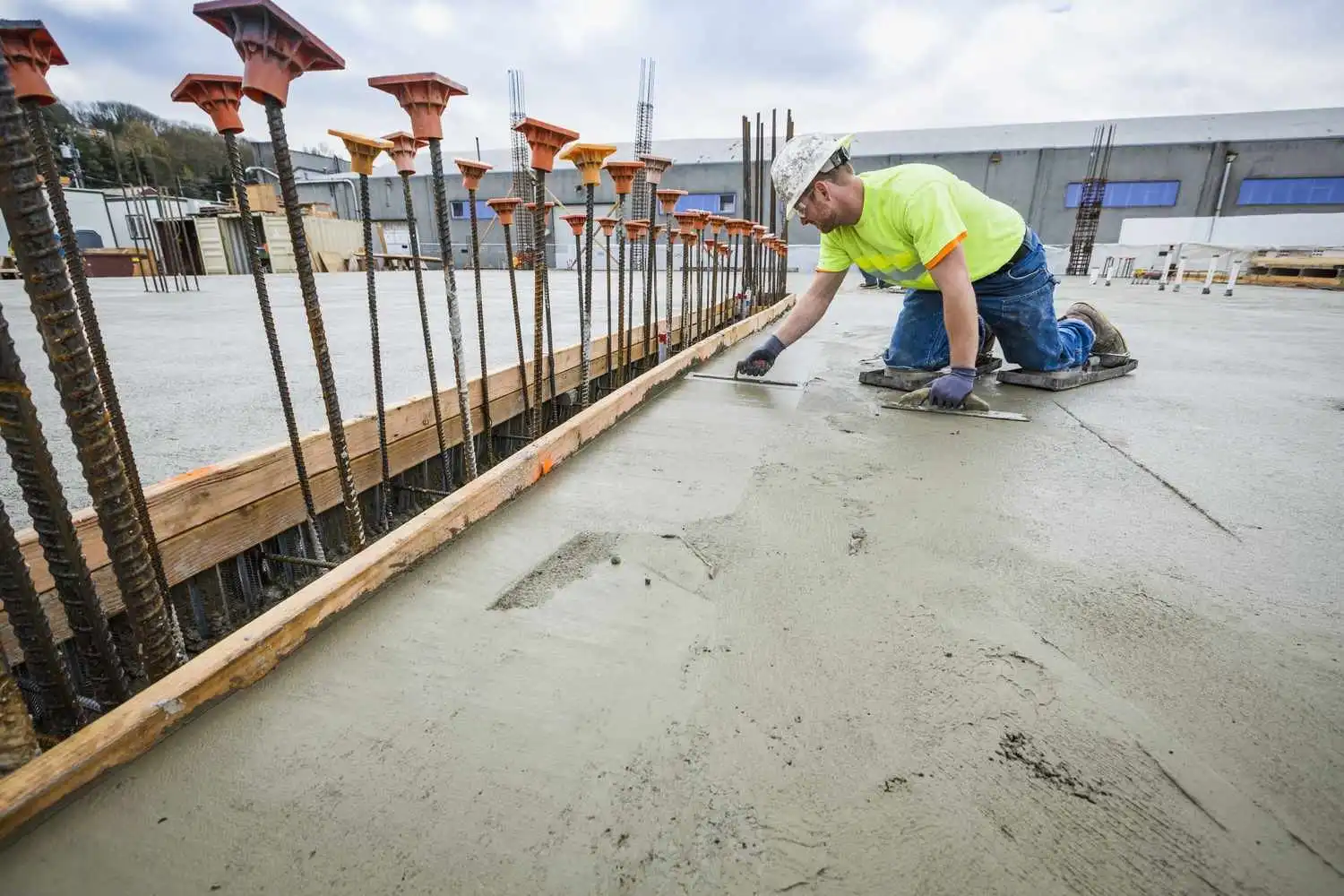Concrete, one of the most widely used materials in construction, is known for its strength and durability. However, the final quality of concrete depends significantly on the curing process. Proper curing of concrete is crucial for achieving the desired strength, durability, and longevity of a structure. In this article, we’ll explore how concrete curing affects its performance, focusing on its impact on strength and durability.
What is Concrete Curing?
Curing refers to the process of maintaining adequate moisture, temperature, and time to allow the concrete to achieve its desired properties. During curing, chemical reactions take place in the concrete that allow it to harden and gain strength. The primary chemical reaction that occurs is the hydration of cement, where water reacts with cement particles to form a hardened, crystalline structure. Without proper curing, the concrete may not fully hydrate, leading to weak bonds between the cement particles. This can result in cracks, surface defects, and reduced overall strength, making the structure vulnerable to environmental stressors.
The Role of Moisture in Concrete Curing
One of the critical factors in concrete curing is moisture. Concrete must maintain a certain level of moisture during the curing process to ensure proper hydration of the cement particles. If the concrete dries out too quickly, hydration slows down or stops entirely, leading to incomplete bonding of the cement particles and reduced strength.
Conversely, if the concrete is kept too wet, it can lead to an excessive amount of water in the mix, which can weaken the final product. Therefore, maintaining the right balance of moisture is essential to ensure optimal curing conditions and achieve the maximum strength.
How Curing Affects Strength
The strength of concrete is directly related to the hydration process. The more thoroughly the concrete is cured, the stronger it will become over time. Typically, concrete gains most of its strength in the first 28 days, but it continues to harden and gain strength for months or even years after it has been poured. Curing allows the cement particles to fully hydrate and bond with each other, forming a dense matrix that enhances the strength of the concrete. If curing is inadequate, the concrete may develop early-age cracks or may not reach its potential compressive strength. This is particularly important for high-strength concrete used in critical structural applications like bridges, skyscrapers, and highways. The effect of curing on strength can be seen in the comparison of well-cured versus poorly cured concrete. Well-cured concrete will exhibit a higher compressive strength, while concrete that has been improperly cured will demonstrate significant weaknesses, such as reduced tensile strength and poor resistance to cracking.
How Curing Affects Durability
Durability refers to a material’s ability to withstand the forces of nature and the wear and tear of daily use without breaking down. In concrete, durability is largely influenced by its permeability. Concrete that has been properly cured is denser and less permeable than concrete that has not been cured properly. Improper curing can lead to increased porosity in the concrete. When concrete is porous, it allows water, chemicals, and other environmental elements to penetrate its surface, which can weaken the structure over time. For instance, water penetration can lead to corrosion of reinforcement steel bars, leading to rust and eventual cracking or spalling of the concrete. Proper curing not only reduces porosity but also helps the concrete resist environmental challenges such as freeze-thaw cycles, chemical attacks, and abrasion. Concrete that has been properly cured is more resistant to cracking, surface damage, and other forms of degradation, significantly increasing its lifespan and overall durability.
Factors Affecting Concrete Curing
Several factors can influence the effectiveness of concrete curing, including:
- Temperature: The curing process is highly temperature-dependent. In hot weather, concrete can dry out too quickly, while in cold weather, the hydration process may slow down. Using proper curing techniques such as covering the surface with wet burlap, curing compounds, or insulated blankets can mitigate these effects.
- Time: Curing time is equally important. Concrete should be cured for a minimum of 7 days in normal conditions, but in some cases, curing may need to be extended to 28 days or longer, especially for high-strength concrete or large pours.
- Moisture Control: Maintaining consistent moisture levels throughout the curing process is essential. This can be achieved through the use of water-saturated coverings, spraying the surface with water, or using curing compounds that form a moisture-retaining film on the surface of the concrete.
To ensure optimal curing, it’s important to monitor factors such as moisture, temperature, and time. By paying close attention to the curing process, construction professionals can ensure that the concrete used in their projects will perform well over time and provide a lasting, strong foundation for the structures they build.

